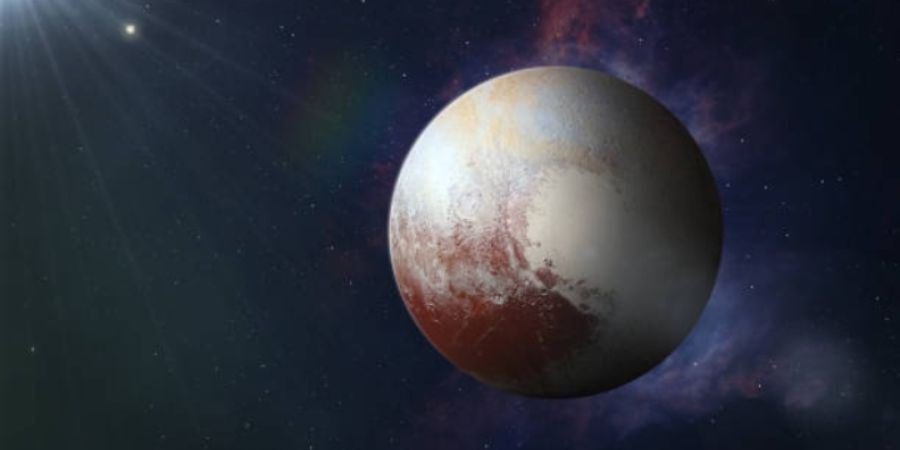

Pluto was discovered on February 18, 1930 by American astronomer Cylde Tombaugh. Pluto is composed of ice and rock. It has five known moons. Pluto is the second closest dwarf planet to the sun. The atmosphere of Pluto is similar to that of a comet. Until 2006 it used to be that our solar system had nine planets, consisting of the four inner Rocky planets, the outer gas and ice giants planets and the ninth one being Pluto. Pluto is even smaller than our moon and it is located too far away from our Earth.
In the year 2006 Pluto lost it's status of being a full sized planet and was given a status of “ dwarf planet”. Twenty - first century led to the discovery of too many astronomical bodies in our solar system so instead of granting every discovered astronomical bodies the status of planet the international astronomical union updated the rules for what makes a planet.
So the international astronomical union snatched the status of Pluto and termed it as a dwarf planet because it did not meet the criteria defined by international astronomical union to be a full sized planet. So according to international astronomical union there are three checkpoints to classify any astronomical body as a full sized planet. The first one is “ a planet must be round”. Pluto satisfies the first criteria. Though Pluto has just 0.002 of the earth's mass but still it has enough gravity of material to assume a spherical shape.
The second one is “ the astronomical body must orbit around the sun”. Pluto too revolves around the sun in it's own orbit and it takes 248 years to complete it's one revolution. The planets of our solar system all orbit around the sun in a flat plane but Pluto orbit the sun at a seventeen degree angle to it's plane. The third criteria is “ the astronomical body must have cleared the neighborhood around it's orbit” and this is the criteria that snatched it's title of being a full sized planet. Pluto failed to satisfy the third criteria because there are other astronomical bodies with mass sufficiently greater than it's mass in it's path. In 2005 Mike Brown and his team discovered an object away from the orbit of Pluto now known as Eris and it was larger than Pluto. So this discovery sparked debates among the scientists and thus new rules were set up by the international astronomical union and according to that a celestial bodies must meet those rules to qualify them as a full sized planet.












